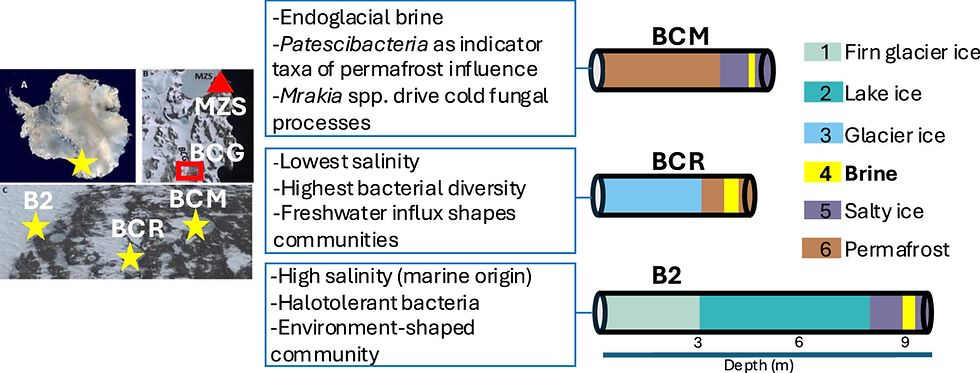Scientists create gene-editing tool that could rival CRISPR
- David Ojcius
- May 3, 2021
- 2 min read
A gene-editing tool that could rival #CRISPR.
Researchers created a new gene-editing tool that can perform millions of genetic experiments simultaneously. The Retron Library Recombineering (#RLR) technique uses segments of bacterial DNA called retrons.
Researchers from the Harvard's Wyss Institute for Biologically Inspired Engineering have created a new gene-editing tool that can enable scientists to perform millions of genetic experiments simultaneously. They're calling it the Retron Library Recombineering (RLR) technique, and it uses segments of bacterial DNA called retrons that can produce fragments of single-stranded DNA.
When it comes to gene editing, CRISPR-Cas9 is probably the most well-known technique these days. It's been making waves in the science world in the past few years, giving researchers the tool they need to be able to easily alter DNA sequences. It's more accurate than previously used techniques, and it has a wide variety of potential applications, including life-saving treatments for various illnesses.
However, the tool has some major limitations. It could be difficult to deliver CRISPR-Cas9 materials in large numbers, which remains a problem for studies and experiments, for one. Also, the way the technique works can be toxic to cells, because the Cas9 enzyme — the molecular "scissors" in charge of cutting strands of DNA — often cuts non-target sites as well.
CRISPR-Cas9 physically cuts DNA to incorporate the mutant sequence into its genome during the repair process. Meanwhile, retrons can introduce the mutant DNA strand into a replicating cell, so that the strand can become incorporated into the daughter cells' DNA. Further, retrons' sequences can serve as "barcodes" or "name tags," allowing scientists to track individuals in a pool of bacteria. That means they can be used for genome editing without damaging the native DNA, and they can be used to perform multiple experiments in one big mixture.
The Wyss Institute scientists tested RLR on E. coli bacteria and found that 90 percent of the population incorporated the retron sequence after they made a few tweaks. They were also able to prove how useful it can be in massive genetic experiments. During their tests, they were able to find antibiotic resistance mutations in E. coli by sequencing the retrons' barcodes instead of sequencing individual mutants, making the process a lot faster.

https://finance.yahoo.com/news/harvard-gene-editing-tool-rlr-214700187.html







Comments